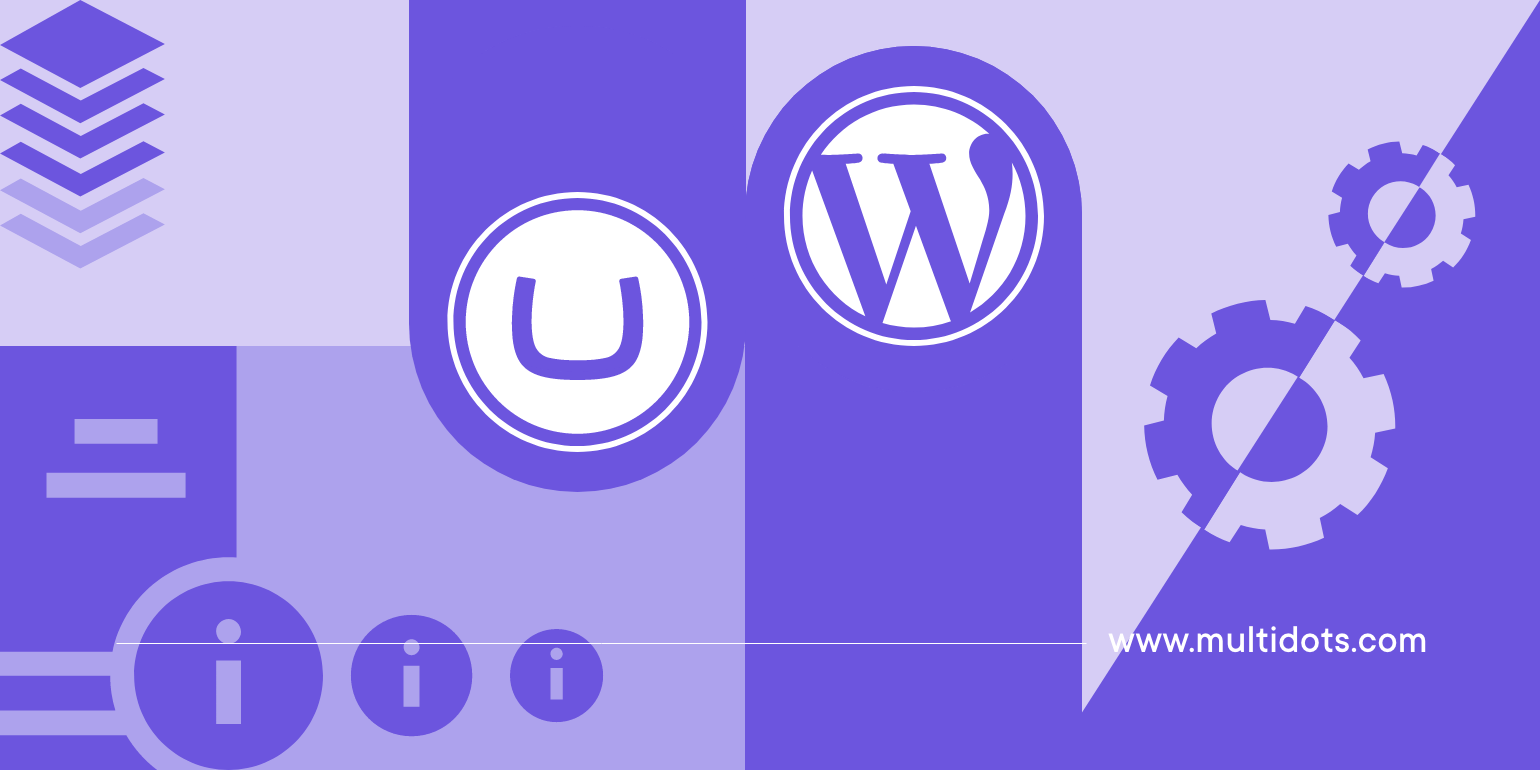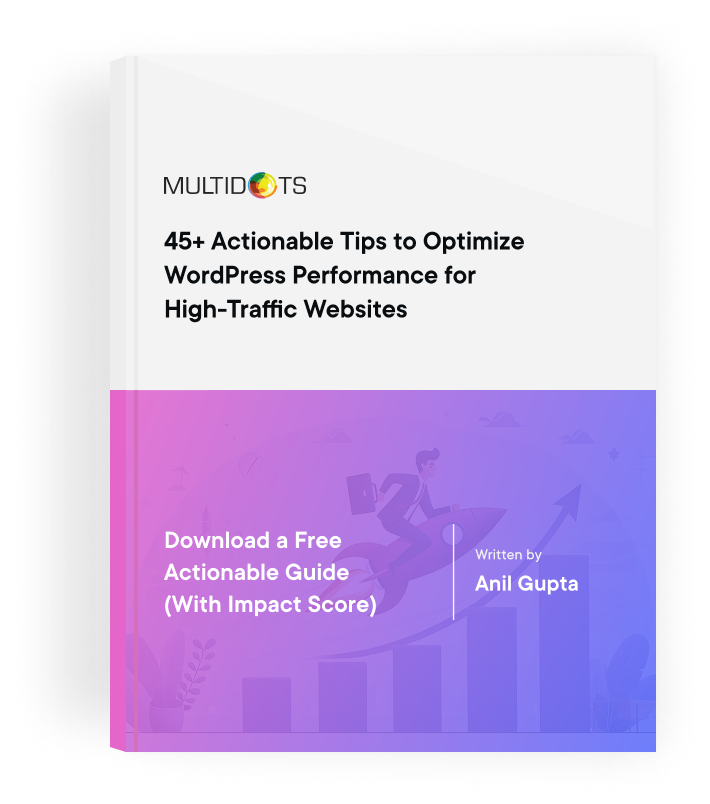Umbraco to WordPress Migration: Automated vs Manual
Evaluate automated versus manual methods for migrating from Umbraco to WordPress to choose the best approach for your needs

Table of Contents
Businesses and enterprises can go for Umbraco to WordPress migration to leverage the latter’s benefits. The advantages of moving to WordPress include an extensive plugin ecosystem and larger community support. This can help organizations solidify and future-proof their digital ecosystem.
This transition can also enhance website functionality and user experience. The Umbraco to WordPress data migration involves two primary approaches: automated and manual.
Each method offers distinct advantages and challenges, influencing the overall effectiveness of the Umbraco to WordPress migration process. Understanding these methods helps in selecting the optimal approach tailored to specific business needs and technical environments.
In this article, let’s take a closer look at both types of migration processes to help make a choice more suitable for your needs.
Automated migration
Automated migration simplifies the Umbraco to WordPress migration process. This method uses specialized software to transfer data efficiently.
Tools like Stitch Data or Hevo Data are popular for Umbraco to WordPress data migration. These platforms automate the transfer of pages, posts, images, and other elements. Users simply input their Umbraco site details and target WordPress site information.
The primary appeal of automated tools lies in their speed and minimal technical demand. They require less manual oversight. Teams can look forward to reducing the time and complexity typically associated with data migration.
Additionally, these tools often come with support services. This can help troubleshoot any issues that arise during the migration.
However, automated migration is not without its drawbacks. It may not handle custom data or complex website architectures effectively. Some data, especially custom-built functionalities or specific integrations, might need a manual touch post-migration.
Moreover, the cost of using these automated services can also add up. This can be challenging for companies with content-heavy websites.
Everything considered, automated migration from Umbraco to WordPress can be still a compelling option. Businesses and enterprises that are looking for a straightforward solution may prefer this approach.
Automating the process saves a lot of resources like time and capital. This can enable teams to focus on other aspects of the CMS migration. Things like handling operational disruptions and training new employees can get more attention.
Manual migration
Manual migration involves a detailed, step-by-step process that may require significant technical expertise. This is usually the case because manual migration takes care of all the needs of a business undergoing CMS migration. It includes aspects like auditing content, performing SEO checks, etc.
The first step in the manual Umbraco to WordPress migration process is to assess the existing Umbraco site structure. This includes cataloging all elements such as content, media files, and user data.
Following this, the WordPress environment needs to be prepared. This setup involves installing WordPress and configuring essential themes and plugins.
Next, data must be manually exported from Umbraco, often into an intermediate format like XML or CSV. This data is then imported into WordPress, requiring custom scripts or tools to map data correctly.
Throughout this process, each step must be meticulously managed and checked for consistency and integrity.
The biggest advantage of manual migration is control. Teams can customize every aspect of the migration. Consequently, complex data and unique functionalities are preserved in their originality.
Furthermore, the manual process avoids the need for external or third-party services. This can be a cost-effective solution for skilled developers. Moreover, it reduces the risks of data theft and corruption.
However, there are some challenges too. Manual Umbraco to WordPress data migration demands extensive technical skills and oversight. The process could be time-consuming and prone to errors, particularly when you are inexperienced.
Mistakes here can lead to data loss or site downtime. It requires a thorough understanding of both Umbraco and WordPress platforms.
An easy way to deal with all the challenges is partnering with an experienced Umbraco to WordPress migration team.
Despite these challenges, manual migration offers unmatched customization and flexibility. This makes it suitable for complex or highly customized websites. This approach ensures that specific requirements are met with precision during the transition.
Automated vs Manual
Choosing between automated and manual migration involves considering various factors. Teams need to look at the time required, cost incurred, and risks involved.
Automated migration, though faster and less labor-intensive. There is a chance that it might not handle complex data or custom functionalities effectively. This approach is generally less expensive upfront. However, it may require additional costs for complex setups.
Manual migration, usually, can be more time-consuming and requires significant technical skills. This method offers greater control over the migration process. Teams can migrate all their custom data and retain additional site functionalities.
Simply put, a blend of automated and manual might be the best approach for most businesses and enterprises. The automated Umbraco to WordPress method can move data between the two CMS quickly. Simultaneously, the manual can safely migrate custom data, plugins, etc., to the new WordPress website.
Either way, teams need to meticulously plan this process. Oversights and errors can be costly. Mistakes can lead to organizational data leaks, corruption of user information, and bad experience on the website.
Partnering with Multidots, an experienced Umbraco to WordPress migration agency can mitigate these challenges. With experts by your side, all the aspects of the migration, from data to site features, will be safely moved and preserved. Moreover, the Multidots team will test your new WordPress website before setting it live.
Wrapping up
Umbraco to WordPress migration can be executed through either automated or manual methods or a combination of both. Automated migration is faster and less technical, whereas, manual migration offers high customization and control.
Multidots’ CMS migration experts combine both migration methods. This results in a smooth transition with minimal disruption. Companies can look forward to the advantages of both migration techniques.
Moreover, Multidots will continue to provide post-migration support. This can be pivotal in training the team and making the transition seamless.
Contact us today to learn how we can tailor CMS migration to your needs.
References
FAQs
-
To migrate from Umbraco to WordPress, choose between an automated tool for straightforward sites or a manual process for complex setups. Both methods require setting up WordPress and transferring data carefully.
-
Manual migration allows for detailed customization and optimization of the content for the new platform. It is ideal for complex structures, ensuring all functionalities and integrations are correctly preserved and implemented.
Feel free to schedule a quick call with our migration expert.
Contact Us
